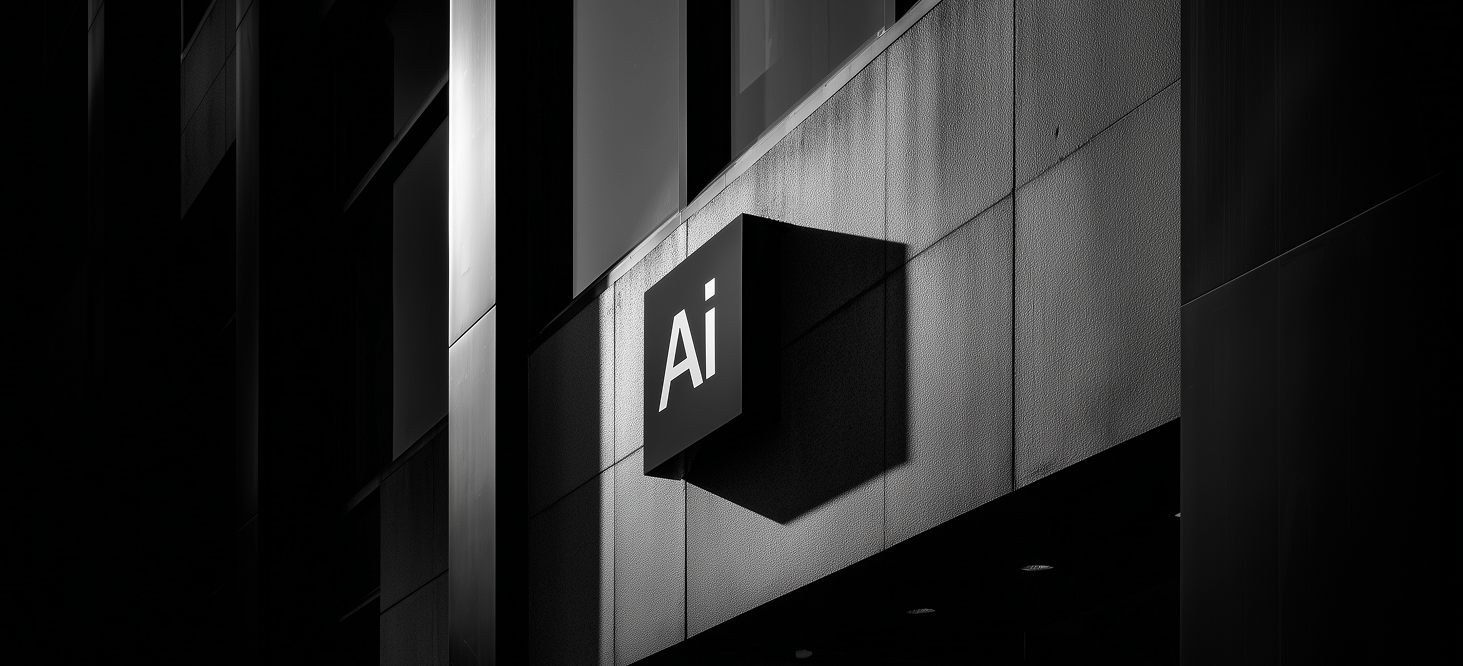
There has always been a part of me that enjoys watching the world burn. I don’t know if it’s boredom, masochism, or just a need for change, but disruption has never bothered me. In fact, it energizes me. And right now, there is no question that the creative industry is being disrupted. AI is moving at an exponential pace, changing how things are made, who can make them, and what they cost. As the founder of a creative agency and a creative director of nearly twenty years, we are not immune. But this disruption is not something I fear. It is something I’m ready for.
This is not a prediction piece, and it’s not a case study about how we cleverly implemented AI into our workflow. Quite the opposite. This is about what the creative industry is supposed to be doing, what real value looks like, and why I think AI is forcing us to stop pretending.
When most people picture a creative, they imagine someone with thick-framed glasses, hunched over a MacBook, stylus in hand, obsessing over a layout they plan to charge a month’s rent for. I’m supposed to say that’s a stereotype, but to be honest, that used to be me. Scraggly beard and all.
The creative business is tough. I’ve seen some of the most observant, talented people I know flame out. Not because they weren’t good, but because they believed the job was about the work. It isn’t. The job is about results.
I learned this the hard way when I took a break from agency life to cofound a startup. Suddenly, my work wasn’t about what looked good, it was about what worked. And when your biggest client walks out the door, the kerning on your homepage doesn’t matter.
Design is a tool. And like any tool, its value is in how it’s used. At Woods, we don’t build for beauty. We build for outcomes. We’ve always seen branding as the act of aligning business strategy with emotional connection—design just happens to be one of the ways we deliver that.
So when I see AI democratizing access to design, I don’t panic. I get excited. Because if good design becomes available to everyone, then the people who were getting by on polish alone are about to get exposed. And the ones who have always focused on clarity, purpose, and connection? We’ll be just fine.
Art will still have a place. It always has. Photography didn’t kill painting, it gave birth to abstraction. Printing didn’t kill calligraphy, it helped literacy thrive. The tools change. The medium evolves. The need for creative thinking does not.
Rick Rubin once said, “Only make art for yourself. Never consider the audience.” That’s a beautiful sentiment. But let’s be clear—that’s not what we do. We don’t make art for ourselves. We make creative work in service of business results. Don’t confuse the two.
Our job is to help clients connect with people who care, to communicate what they stand for, and to do it in a way that builds trust and drives action. If a machine can help with part of that, great. But there are parts of this job that cannot be prompted. You can’t fake gut instinct. You can’t automate empathy. You can’t outsource meaning.
What AI is exposing is the difference between decoration and design. Between content and communication. Between production and purpose.
Creativity is not about tools. It never has been. It is a way of thinking. A way of solving. A way of connecting. And that makes it more valuable now than ever.
So yeah, I’m excited. Not because I know what comes next. But because I know where we stand.
Woods has never been about the tools. It’s always been about the thinking. And that’s not going anywhere.